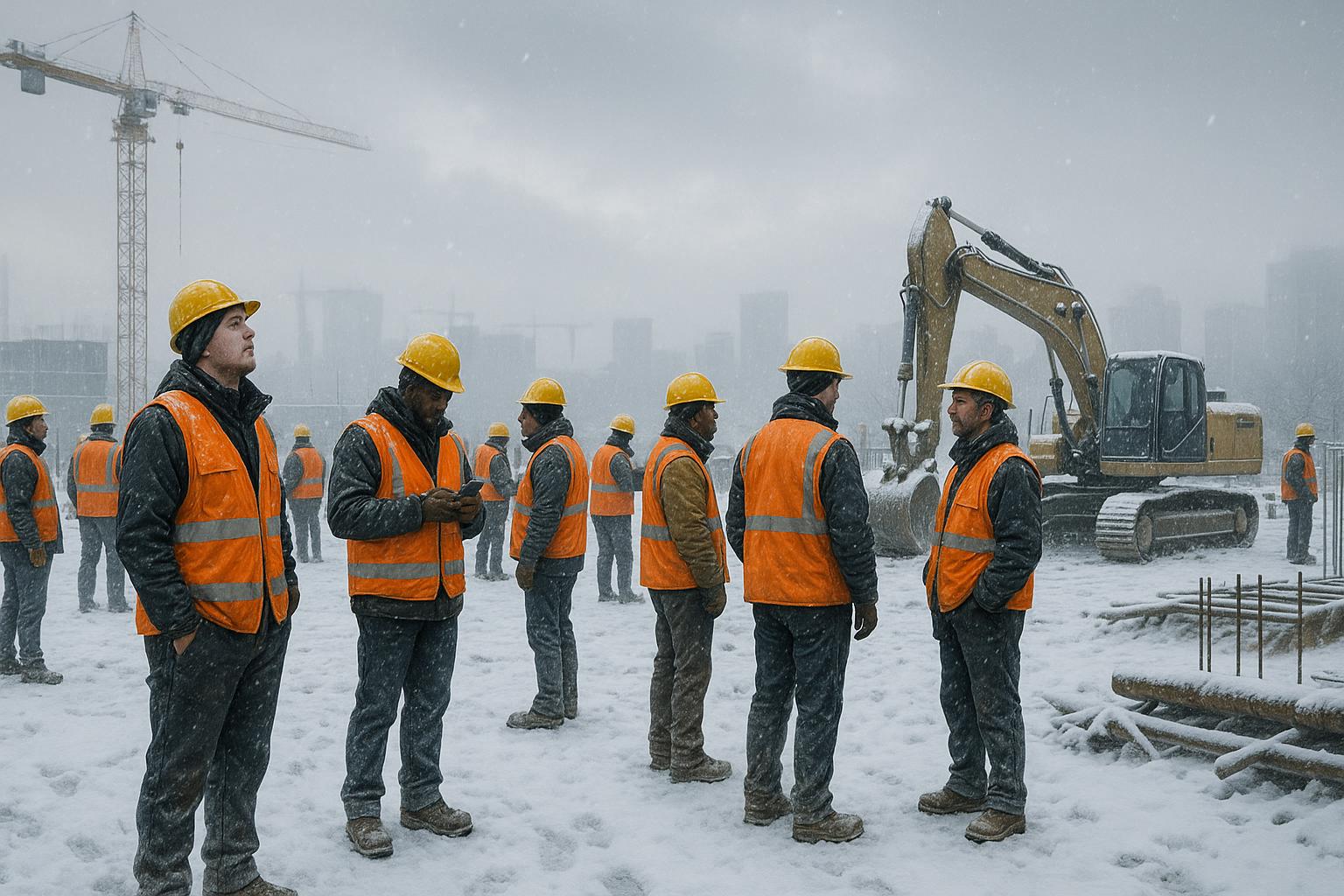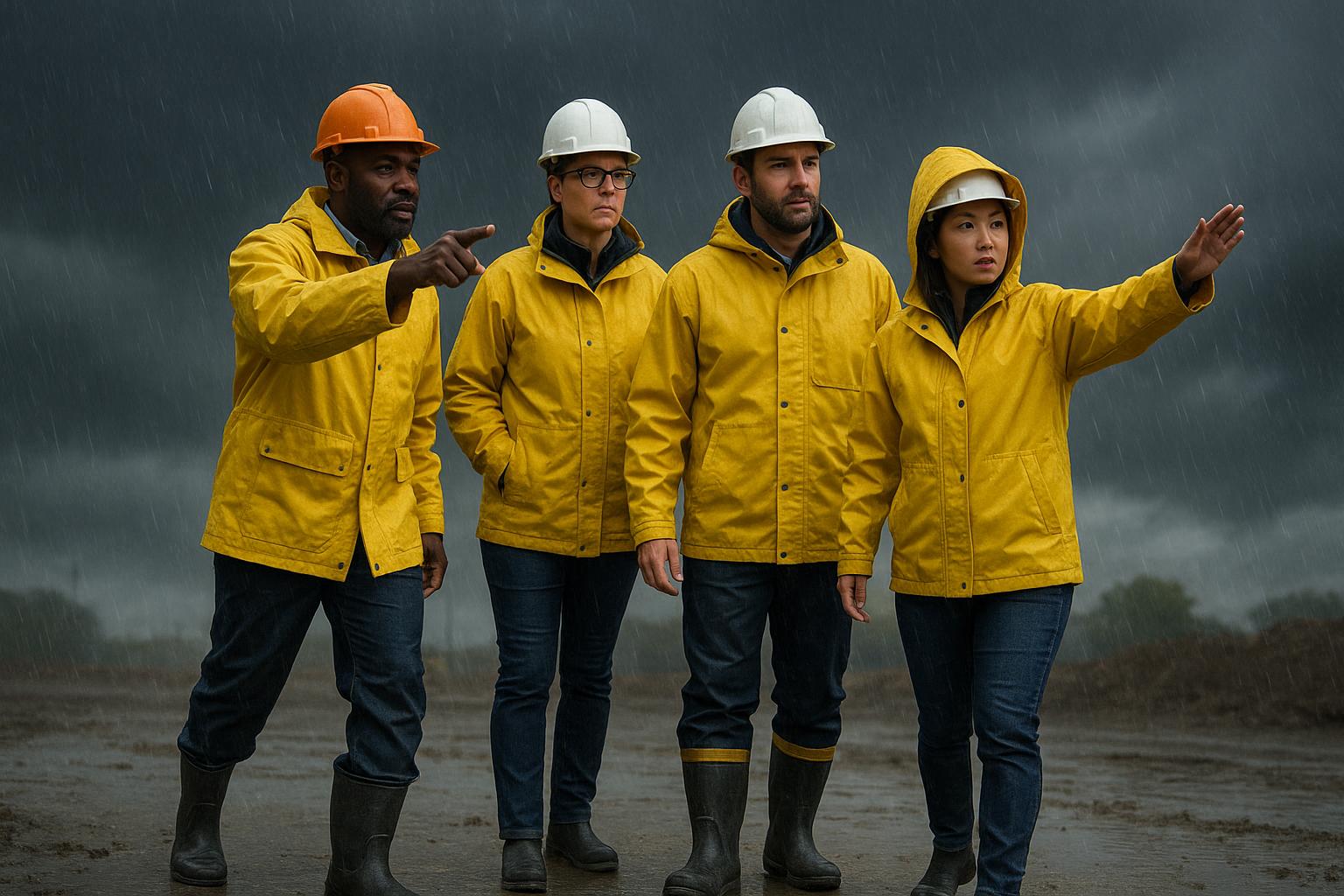Falls are among the leading causes of workplace injuries and fatalities across various industries. Understanding the mechanics of a fall and implementing effective prevention strategies are crucial for ensuring worker safety.
Understanding the Mechanics of a Fall
A fall typically involves a loss of balance or support, leading to an uncontrolled descent. The severity of injuries from a fall depends on several factors, including the height of the fall, the surface impacted, and the body’s orientation during the fall.
The physics of falling involves gravitational acceleration, which increases the velocity of the falling body until impact. The force upon impact can cause various injuries, such as fractures, head trauma, or internal injuries, depending on the circumstances.
Common Causes of Workplace Falls
Several factors contribute to workplace falls, including:
- Slippery or Uneven Surfaces: Wet floors, loose rugs, or uneven flooring can lead to slips and trips.
- Improper Use of Equipment: Misuse of ladders or scaffolding increases fall risk.
- Lack of Guardrails: Unprotected edges or openings can result in falls from heights.
- Poor Lighting: Inadequate illumination can obscure hazards.
- Cluttered Workspaces: Obstacles in walkways can cause trips.
Implementing Effective Fall Prevention Strategies
Preventing falls requires a multifaceted approach, including:
1. Hazard Assessment
Conduct regular assessments to identify potential fall hazards in the workplace. This includes evaluating work areas, equipment, and procedures to pinpoint risks.
2. Engineering Controls
Implement physical modifications to the workplace to eliminate or reduce hazards. Examples include installing guardrails, handrails, and anti-slip flooring.
3. Administrative Controls
Develop and enforce policies and procedures that promote safe work practices. This includes scheduling regular maintenance, ensuring proper signage, and limiting access to hazardous areas.
4. Personal Protective Equipment (PPE)
Provide appropriate PPE, such as harnesses, lanyards, and non-slip footwear, and ensure employees are trained in their proper use.
5. Training and Education
Educate employees on fall hazards and safe practices. Regular training sessions can reinforce the importance of vigilance and proper equipment use.
The Role of PPE in Fall Prevention
Personal Protective Equipment is a critical component in mitigating fall risks. Key PPE includes:
- Full-Body Harnesses: Distribute fall forces across the body, reducing injury risk.
- Lanyards and Lifelines: Connect the harness to an anchor point, arresting falls.
- Anchorage Points: Secure points capable of supporting the forces generated during a fall.
Proper selection, maintenance, and use of PPE are essential for effectiveness.
Understanding the dynamics of falls and implementing comprehensive prevention strategies are vital for workplace safety. By combining hazard assessments, engineering and administrative controls, PPE, and employee training, organizations can significantly reduce the risk of falls and protect their workforce.



